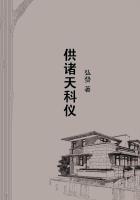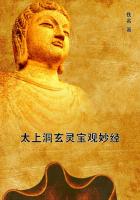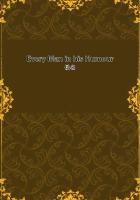Many difficulties can arise along a three thousand mile border, and with a people so sure of themselves as the Americans were at this period and a people so sensitive to any infringements of their national rights as the Canadians were, petty differences often loomed large.The Laurier Government, therefore, proposed shortly after its accession to power in 1896 that an attempt should be made to clear away all outstanding issues and to effect a trade agreement.A Joint High Commission was constituted in 1898.The members from the United States were Senator Fairbanks, Senator Gray, Representative Nelson Dingley, General Foster, J.A.
Kasson, and T.J.Coolidge of the State Department.Great Britain was represented by Lord Herschell, who acted as chairman, Newfoundland by Sir James Winter, and Canada by Sir Wilfrid Laurier, Sir Richard Cartwright, Sir Louis Davies, and John Charlton, M.P.
The Commission held prolonged sittings, first at Quebec and later at Washington, and reached tentative agreement on nearly all of the troublesome questions at issue.The bonding privileges on both sides the border were to be given an assured basis; the unneighborly alien labor laws were to be relaxed; the Rush-Bagot Convention regarding armament on the Great Lakes was to be revised; Canadian vessels were to abandon pelagic sealing in Bering Sea for a money compensation; and a reciprocity treaty covering natural products and some manufactures was sketched out.
Yet no agreement followed.One issue, the Alaska boundary, proved insoluble, and as no agreement was acceptable which did not cover every difference, the Commission never again assembled after its adjournment in February, 1899.
The boundary between Alaska and the Dominion was the only bit of the border line not yet determined.As in former cases of boundary disputes, the inaccuracies of map makers, the ambiguities of diplomats, the clash of local interests, and stiff-necked national pride made a settlement difficult.In 1825Russia and Great Britain had signed a treaty which granted Russia a long panhandle strip down the Pacific coast.With the purchase of Alaska in 1867 the United States succeeded to Russia's claim.
With the growth of settlement in Canada this long barrier down half of her Pacific coast was found to be irksome.Attempt after attempt to have the line determined only added to the stock of memorials in official pigeonholes.Then came the discovery of gold in the Klondike in 1896, and the question of easy access by sea to the Canadian back country became an urgent one.Canada offered to compromise, admitting the American title to the chief ports on Lynn Canal, Dyea and Skagway, if Pyramid Harbor were held Canadian.She urged arbitration on the model the United States had dictated in the Venezuela dispute.But the United States was in possession of the most important points.Its people believed the Canadian claims had been trumped up when the Klondike fields were opened.The Puget Sound cities wanted no breach in their monopoly of the supply trade to the north.The only concession the United States would make was to refer the dispute to a commission of six, three from each country, with the proviso that no area settled by Americans should in any event pass into other bands.Canada felt that arbitration under these conditions would either end in deadlock, leaving the United States in possession, or in concession by one or more of the British representatives, and so declined to accept the proposed arrangement.
Finally, in 1903, agreement was reached between London and Washington to accept the tribunal proposed by the United States, which in turn withdrew its veto on the transfer of any settled area.Canada's reluctant consent was won by a provision that the members of the tribunal should be "impartial jurists of repute,"sworn to render a judicial verdict.When Elihu Root, Senator Lodge, and Senator Turner were named as the American representatives, Ottawa protested that eminent and honorable as they were, their public attitude on this question made it impossible to consider them "impartial jurists." The Canadian Government in return nominated three judges, Lord Alverstone, Lord Chief Justice of England, Sir Louis Jette, of Quebec, and Mr.Justice Armour, succeeded on his death by A.B.Aylesworth, a leader of the Ontario bar.The tribunal met in London, where the case was thoroughly argued.
The Treaty of 1825 had provided that the southern boundary should follow the Portland Canal to the fifty-sixth parallel of latitude and thence the summits of the mountains parallel to the coast, with the stipulation that if the summit of the mountains anywhere proved to be more than ten marine leagues from the ocean, a line drawn parallel to the windings of the coast not more than ten leagues distant should form the boundary.Three questions arose:
What was the Portland Canal? Did the treaty assure Russia an unbroken strip by making the boundary run round the ends of deep inlets? Did mountains exist parallel to the coast within ten leagues' distance? In October these questions received their answer.Lord Alverstone and the three American members decided in favor of the United States on the main issues.The two Canadian, representatives refused to sign the award and denounced it as unjudicial and unwarranted.













